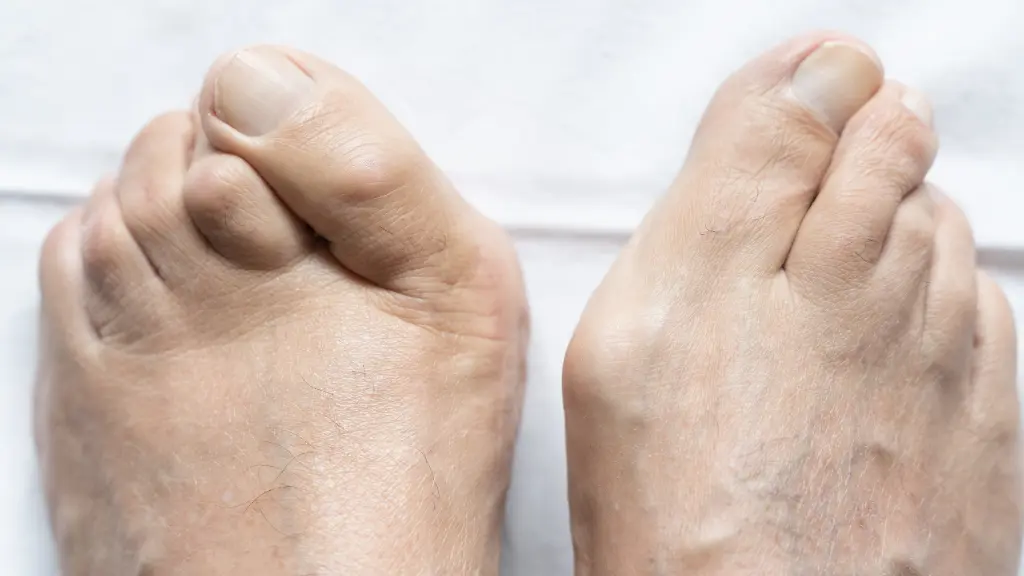Aging brings about many changes in our bodies, and one of the most significant is how we process and use calories. As we grow older, our calorie needs tend to decrease, driven by shifts in metabolism, activity levels, and muscle mass. But what exactly does this mean for our daily diets, and how can we make sure our nutritional needs are still being met without overeating or undernourishing ourselves?
In this blog, we’ll break down how calorie needs shift over time and provide tips on how to adjust your diet to keep pace with your body’s changing requirements.
You May Also Like: Why Does Cloudy Weather Make You Feel Sluggish? 6 Science-Backed Reasons
1. Why Caloric Needs Decrease with Age
A primary factor in the reduction of calorie needs with age is the slowing of our metabolism. As we age, our basal metabolic rate (BMR)—the amount of energy our bodies need at rest—tends to decline. Part of this is due to a gradual loss of muscle mass, which burns more calories than fat. Additionally, we tend to become less active as we get older, leading to a lower total daily energy expenditure (TDEE).
In simpler terms, we burn fewer calories both at rest and during activity as we age, which means we need to consume fewer calories to avoid weight gain. However, it’s essential to balance calorie reduction with nutrient-rich foods to ensure that you’re still meeting your body’s needs.
2. Understanding Caloric Needs by Decade
Each decade of life brings changes in calorie needs. Let’s look at how you can adjust for each phase.
20s and 30s: Building the Foundation
In our 20s and 30s, most people have higher calorie needs than they will later in life, especially if they maintain an active lifestyle. During this period, our metabolism is typically at its peak, and muscle mass is often higher, meaning our bodies require more calories to function optimally.
Tips for this age group:
- Focus on a balanced diet rich in whole foods, lean proteins, and complex carbohydrates.
- Maintain an active lifestyle to build a strong foundation of muscle, which will support your metabolism later on.
- Avoid excessive calorie restriction, as you still need enough energy to support growth, activity, and cell renewal.
40s: The Early Adjustments
By the time we hit our 40s, metabolism may start to decline, and physical activity levels may begin to decrease due to busier schedules or lifestyle changes. This is often when weight gain starts to creep up if calorie intake isn’t adjusted accordingly.
Tips for this age group:
- Begin adjusting your calorie intake to account for metabolic changes.
- Focus on high-quality proteins to support muscle mass retention and incorporate strength training into your routine.
- Stay mindful of portion sizes, as it’s easier to overeat once metabolism starts slowing.
50s and 60s: Maintaining Muscle Mass and Bone Health
In our 50s and 60s, the body experiences a more noticeable decline in muscle mass (sarcopenia), and bones may begin to lose density. Both of these factors reduce calorie requirements and increase the need for nutrient-dense foods, particularly those rich in protein and calcium.
Tips for this age group:
- Continue to prioritize lean protein sources to support muscle mass.
- Opt for calcium-rich foods to help support bone health, such as dairy, leafy greens, or calcium-fortified foods.
- Consider reducing refined sugars and processed foods, as these can lead to empty calories that don’t support your changing body.
70s and Beyond: Nutrient Density Over Quantity
By the time we reach our 70s, calorie needs continue to decrease, and the focus shifts primarily to nutrient density. As muscle mass decreases and metabolism slows, ensuring adequate protein, vitamins, and minerals becomes crucial for maintaining health and preventing muscle loss.
Tips for this age group:
- Prioritize easy-to-digest, nutrient-rich foods to ensure you’re meeting vitamin and mineral needs without excess calories.
- Incorporate fiber-rich foods to support digestive health, which may decline with age.
- Focus on staying hydrated, as older adults often experience a decrease in thirst and are more prone to dehydration.
3. Factors Affecting Calorie Needs
While age is a primary factor in calorie requirements, several other elements also play a role. Understanding these can help you tailor your diet more effectively.
Activity Level
The more active you are, the more calories your body will need. If you maintain a high level of physical activity as you age, you may not need to reduce your calorie intake as significantly. Strength training and aerobic exercise are especially beneficial as they support muscle mass, bone density, and cardiovascular health.
Gender
Women tend to require fewer calories than men due to having a lower muscle mass on average. Hormonal changes associated with aging, such as menopause, can also impact calorie needs and distribution of body fat, particularly in women.
Health Conditions
Conditions like diabetes, heart disease, or thyroid disorders can impact your calorie needs. For example, hypothyroidism can slow metabolism, while hyperthyroidism may increase it. Always work with a healthcare provider to understand how specific health conditions may impact your diet.
4. Practical Tips to Adjust Calorie Intake with Age
Here are some general tips to help make calorie adjustments as you age, while still getting all the nutrients you need:
Focus on Nutrient Density
As calorie needs decrease, it’s essential to choose foods that provide more nutrients per calorie. Think lean proteins, colorful vegetables, whole grains, and healthy fats. These foods will keep you full, energized, and well-nourished without excess calories.
Prioritize Protein
Protein is especially important as we age, helping to maintain muscle mass and support metabolism. Include sources like lean meats, fish, eggs, legumes, and dairy in your daily diet. Aim to include a source of protein in each meal to support muscle health and energy.
Reduce Sugar and Processed Foods
Processed foods and sugary snacks often contain empty calories that don’t provide lasting energy or nutrients. As you age and calorie needs decrease, it’s beneficial to cut back on these foods and replace them with whole foods.
Hydration Matters
Older adults are often more susceptible to dehydration, which can cause tiredness, confusion, and other health issues. Make sure you’re drinking enough water daily, aiming for around eight glasses or more if you’re active.
5. When to Seek Professional Guidance
If you’re uncertain about how to adjust your calorie intake with age, consider speaking to a registered dietitian. They can help create a customized plan based on your health, lifestyle, and preferences, ensuring you’re meeting all your nutrient needs without over- or under-consuming calories.
Final Thoughts
Aging is a natural process that brings changes to our bodies, including how we process and use energy. By understanding how calorie needs shift over time and making informed dietary adjustments, you can support your body’s health and vitality through every stage of life. With an emphasis on nutrient-dense foods, regular physical activity, and mindful eating, you’ll be able to thrive, maintaining energy and wellness as the years go by.











Thank You…I needed this.